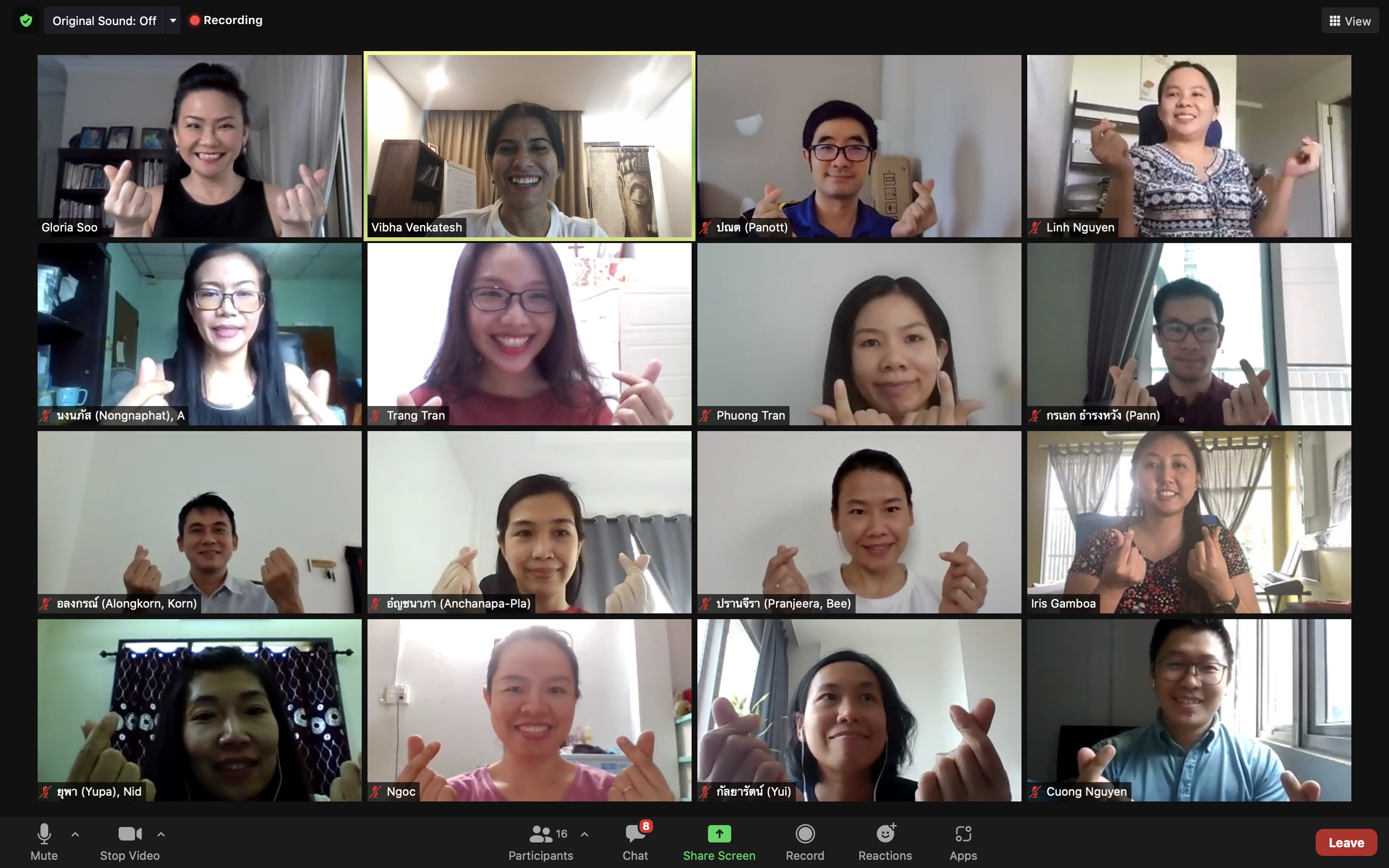
The year 2020 opened new realities as businesses had to adapt to the COVID-induced new normal. As entire nations went into lockdown and businesses shut down, virtually became the go-to way of working. While essential services continued the field, a huge segment of the employee population was forced to work remotely, almost overnight. Business priorities […]

The year 2020 opened new realities as businesses had to adapt to the COVID-induced new normal. As entire nations went into lockdown and businesses shut down, virtually became the go-to way of working. While essential services continued the field, a huge segment of the employee population was forced to work remotely, almost overnight. Business priorities changed and new competencies emerged because employees had to rise up to the occasion and perform in earlier unheard-of ways. Moreover, organizations had to engage with these people differently, to keep them motivated in an impersonal virtual environment. Employee engagement, learning & development, and performance management took on a new avatar, as HR and business leaders strove to engage their people in the disruptive environment.
L&D took on a strategic role. The development focus increased, as upskilling and reskilling became a CXO agenda. As learning went virtual, eLearning solutions became mainstream. Organizations hustled to convert physical formats such as Instructor-Led Training (ILT) to virtual formats such as Virtual Instructor-Led Training (VILT) and Self-paced learning. This was done across organizational levels, and especially for executive development, as leadership became a critical competency to ride over the crises. As managers we’re expected to lead and coach their team members, L&D needed to design the learning experience while upholding the humane elements of mental health, happiness, and holistic well-being. Softer skills such as emotional resilience, mindfulness, and relearning emerged as critical future skills. This demanded a coaching-mentoring developmental focus. During the pandemic, L&D professionals took to exploring the right learning experience platform to establish virtual coaching and virtual mentoring. This need remains in post-pandemic times too.
Institutionalizing a virtual coaching and mentoring process should be a well thought through exercise:
Conceptualization: L&D must move away from the cookie-cutter approach and create a personalized and relatable learning experience for both learner and coach/mentor. The construct of coaching must be aligned with the business needs of the organization. Hence, L&D must work closely with the business and the C-suite at the concept stage to create business-relevant and engaging content.
Design: Coaching and mentoring modules must be ingrained in the virtual training platforms, by putting in place a proper process. L&D may choose to invest in existing coaching tools and mentoring tools, for which they should do a thorough assessment of digital learning solutions available in the market, to suit one’s talent outcomes. Many eLearning companies have coaching-mentoring modules as a part of their eLearning solutions, it is up to L&D leaders to don the business hat and identify what works for the business and what does not.
Initiation: Any learning intervention requires an extensive change management process for people to adopt and embrace it. Before directly implementing the coaching solution or mentoring solution, L&D must orient stakeholders to the new process through extensive education.
Implementation: An initial pilot test in any team or function can help gauge the readiness for pan-organization implementation. Technical implementation should be such that the tool provides a glitch-free and seamless user-experience because a great employee experience is essential to ensure the adoption of coaching-mentoring as a way of life. Above, all managers and leaders must take ownership and responsibility to coach their people, so HR must drive a formal process for coaching-mentoring.
Assessment: It is important to track learning progress through qualitative inputs and metrics. According to the Kirkpatrick model, L&D must try to achieve Level 3 (Behaviour) and Level 4 (Results) outcomes, but in the nascent stages, it is also important to track operational metrics such as completion rates. Seeking qualitative feedback also goes a long way in gaining useful behavioral insights and enabling continuous improvement in the process.
The virtualization of coaching and mentoring is the way ahead. The efficiency and convenience of technological tools need to be balanced with the softer human-element. L&D needs to complement the tool-experience with timely and quality human interventions. L&D must build coaching as a core capability, by seeking the dedicated involvement of managers and leaders. Striking the right balance between high-tech and high-touch will help curate the best learning experience, and thereby encourage people to adopt a coaching ‘mindset’.
L&D and leaders’ roles do not end with implementing coaching and mentoring processes and tools. In fact, this is just the beginning. Coaching and mentoring success requires a ‘growth’ and ‘developmental’ mindset across employees, and this, in turn, demands an extensive change management exercise. For coaching to be entrenched as a core organizational capability, L&D must create a ‘pull’ by providing the best employee experience. Constant communication i.e. highlighting success stories, and portraying leaders as successful coaches and mentors, will make employees ‘aspire’ for the coaching or mentoring experience. Leaders may talk about their leadership journeys i.e. how coaching and mentoring helped them pave their careers the way they wanted while aligning with the business needs. Such communication must be backed up with the right educational resources to encourage people to adopt coaching and mentoring.
This post was written by Hardik Chitroda
Reference: https://knolskape.com/implementing-coaching-and-mentoring/

No matter how successful a coaching session feels while it’s underway if it doesn’t lead to change after it’s over, it hasn’t been effective. Unfortunately, too many managers don’t...
View more
There’s an emotion we’re all familiar with. It’s not explicit. But that does not mean it’s less real. It’s the feeling of regret. Its’s implied every time we ask ourselves...
View more
First, you need to understand your audience. If you’re speaking to everyone, nobody will actually hear you. With a reported 65% of marketers rarely or never doing audience research,...
View more